
Check out our latest publication: A Highly Reduced Magnesium Dicobalt Complex for the Hydrogenation of Tri- and Tetra-Substituted Alkenes | Organometallics pubs.acs.org/doi/10.1021/...
16.09.2025 10:57 — 👍 25 🔁 3 💬 1 📌 0@wolflab.bsky.social

Check out our latest publication: A Highly Reduced Magnesium Dicobalt Complex for the Hydrogenation of Tri- and Tetra-Substituted Alkenes | Organometallics pubs.acs.org/doi/10.1021/...
16.09.2025 10:57 — 👍 25 🔁 3 💬 1 📌 0
Don't miss this recent #HOT Communication by Michael Mende, Jose Cammarata, @scottchemistry.bsky.social and @wolflab.bsky.social
"One-pot synthesis of primary phosphines from white phosphorus"
Read the full Communication here 👇
A well timed publication in @chemcomm.rsc.org for transitioning from @unimarburg.bsky.social to @unileipzig.bsky.social. Our view on recent developments in linear metal(I) chemistry in part from our lab in Marburg.
There is still a lot to do on this topic in Leipzig. 😊
pubs.rsc.org/en/content/a...
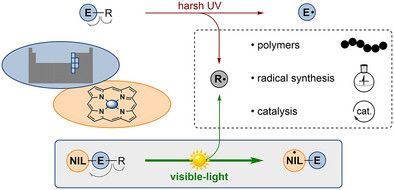
Interested in „Non-Innocent Ligands as Mediators for Visible-Light-Initiated Element–Carbon Bond Homolysis in Main Group Chemistry“? Then have a look at this #AngewandteReview Excellent work by @jonasoliverwenzel.bsky.social (* author) and Johannes Werner 👍👍 #chemsky doi.org/10.1002/anie...
08.07.2025 20:23 — 👍 5 🔁 2 💬 0 📌 0Congratulations #OdileEisenstein! A well deserved award for a very inspiring chemist!
11.07.2025 14:26 — 👍 1 🔁 0 💬 0 📌 0
Thanks to @vlderinger.bsky.social for a fantastic talk at our in organic colloquium @uni-regensburg with a poster session and summer party afterwards!
11.07.2025 12:49 — 👍 2 🔁 0 💬 1 📌 0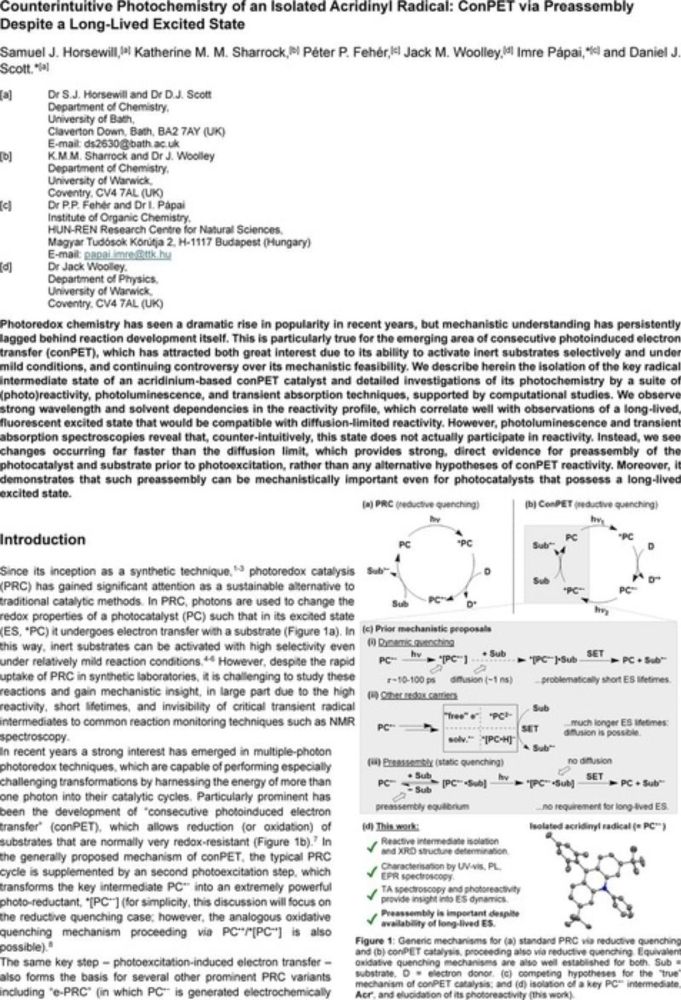
New preprint on ChemRxiv!
Our latest exploration of conPET/e-PRC #photoredox highlights preassembly and "anti-Kasha" reactivity, even in a system with a long ES lifetime.
Thanks to all involved, including collaborators at HUN-REN and Uni of Warwick.
chemrxiv.org/engage/chemr...
Congratulations Daniel!
28.03.2025 12:29 — 👍 1 🔁 0 💬 0 📌 0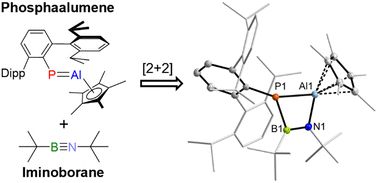
Our first post here.
Tim’s newest work on the reactivity of phosphaalumenes is out. When P=Al meets it’s smaller sibling a unique B,N,Al,P-heterocycle is formed. Congrats Tim and Leonie!
#chemsky @chemcomm.bsky.social @likat.bsky.social #31p
pubs.rsc.org/en/content/a...
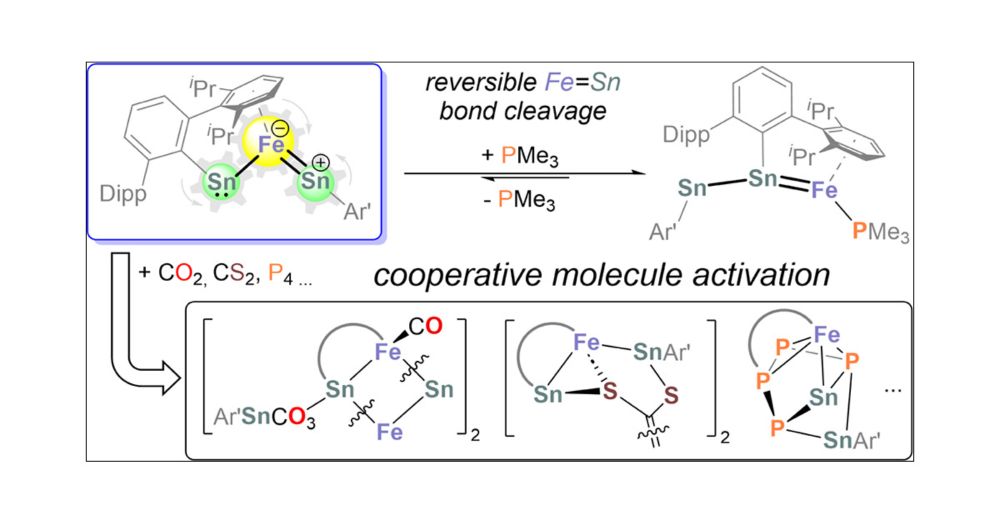
Pleased to share our latest work on a reactive iron-tin complex. Congrats to first author Yang Liu and thanks to our collaborators at the Gschwind and Meyer groups @Uni Regensburg and Göttingen! #iron #tin #119Sn #main_group_chemistry
pubs.acs.org/doi/10.1021/...
Congratulations! Fantastic work!
30.01.2025 06:14 — 👍 0 🔁 0 💬 1 📌 0Congratulations! Fantastic work!
30.01.2025 06:13 — 👍 0 🔁 0 💬 0 📌 0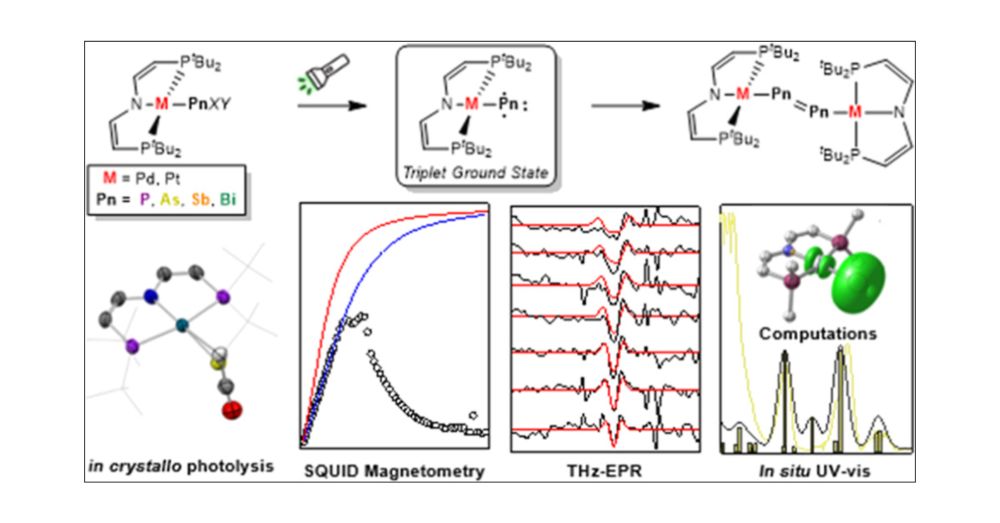
Our paper on triplet pnictinidenes (P, As, Sb) with transition metal substituents is out; congrats to Marc, Nils, Tarek and Rich and thanks to all that have contributed to get a comprehensive electronic structure picture @haenisch-group.bsky.social
pubs.acs.org/doi/10.1021/...
Congratulations! Well-deserved!
29.01.2025 14:28 — 👍 1 🔁 0 💬 1 📌 0Beautiful work - congratulations!
29.01.2025 14:26 — 👍 1 🔁 0 💬 1 📌 0Congratulations - excellent work!
29.01.2025 09:31 — 👍 1 🔁 0 💬 0 📌 0
Kris Altus’ latest SMOM work, just accepted in @angewandtechemie.bsky.social. Modular, molecular, in crystallo tandem catalysis for ethene to propene (ETP) under flow at room temp/low pressure. With P. Dyer (Durham) & M. Buchmeiser (@crc1333.bsky.social)
onlinelibrary.wiley.com/doi/10.1002/...